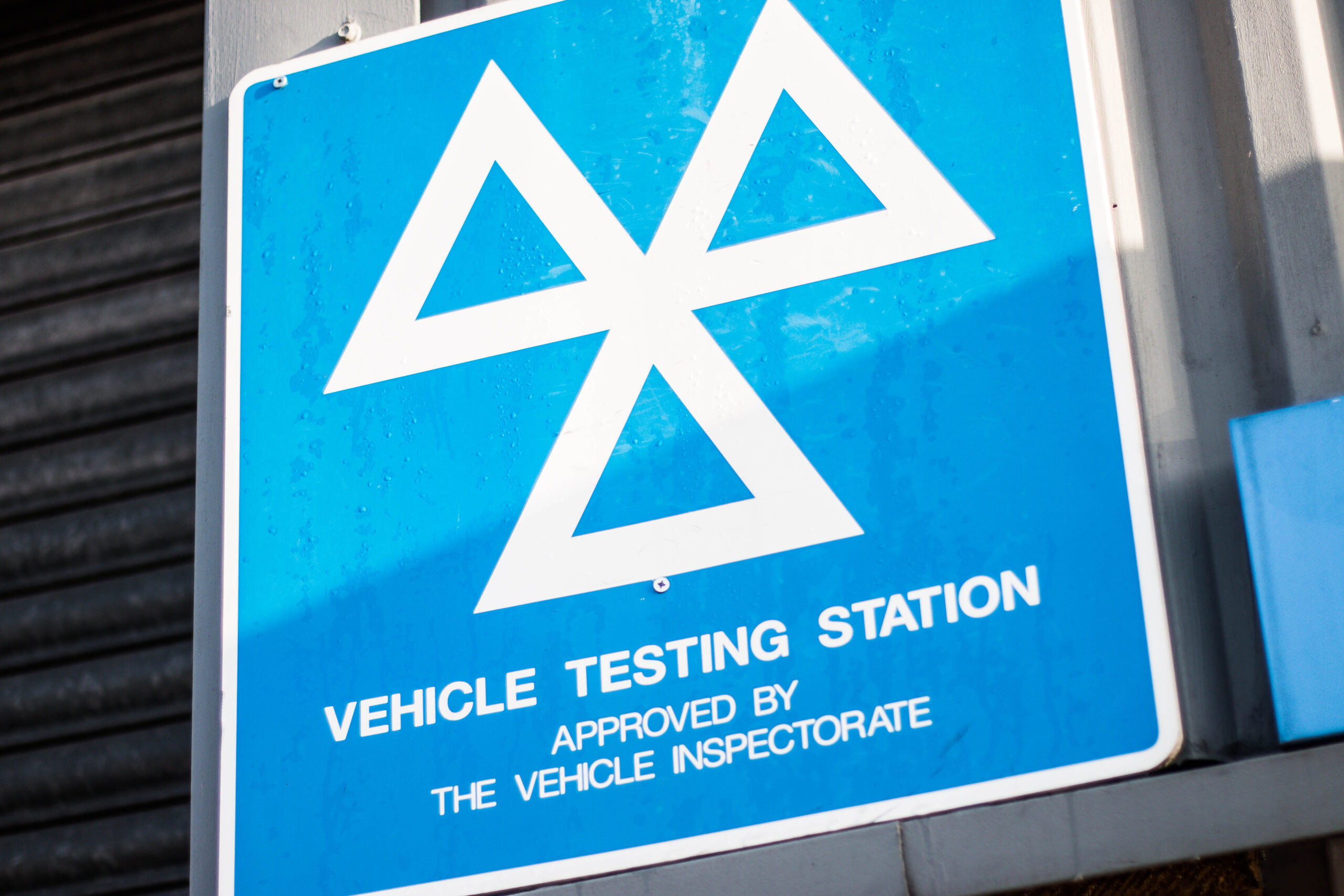How to know if your car is ready for an MOT
MOT tests changed in May last year, and although that seems a while ago, the full effect of these changes are being felt now. Don’t be caught out with how these changes may affect you when you bring your car in for its MOT. These tougher regulations mean it is more important now to look after your vehicle.
There were five significant changes to MOT tests in 2018. These were:
1. Tougher emissions standards for diesel vehicles
If you drive a diesel you may be aware of the issues surrounding them recently. Your emissions will be tested to comply with MOT test requirements.
Lots of diesel vehicles are fitted with a filter which helps to reduce the emissions from the car. Vehicles fitted with this filter (known as a Diesel Particulate Filter), will be checked for visible smoke.
If smoke can be seen, the vehicle will be classed as having a major fault which means an automatic failure on your MOT. In addition, if it seems that your filter has been altered this will cause an automatic MOT failure also.
2. MOT certificate changes
The MOT certificate itself has had a redesign to make it easier for motorists to understand the results. The latest version will list all defects under the new categories to make the results clear.
3. Older cars
Any vehicle manufactured before 1960 was already exempt from MOT testing. This has been extended to include vehicles registered forty years ago or longer. This means that vehicles first registered in 1979 are now also exempt.
However! If your vehicle has been significantly modified in the last thirty years, it must still have an MOT test! Don’t get caught out.
4. Defects
The way that MOT defects are categorised has changed. They are now classed as either;
Minor
Major or
Dangerous.
Minor defects will still allow you to pass the MOT test, Major and Dangerous faults it will automatically fail.
5. New checks have also been introduced on the following areas:
• Ensuring that brake fluid isn’t contaminated
• Fluid leaks that might be an environmental risk
• Reversing lights and whether they are functioning correctly
• Brake pad warning lights functioning correctly as well as if brake pads or discs are missing
• Brake pad warning lights working, as well as if any brake pads or discs aren’t present
• Ensuring that headlight washers are working on vehicles which have them fitted
• Headlight washers working on vehicles which came into use from 1st September 2009
• Daytime running lights on vehicles from 1st March 2018.
• Identifying underinflated tyres
10% of MOT failures are because of issues with tyres, this last one is easy to avoid if you carry out simple checks before your MOT test.
If your car is due an MOT, give us a call at LA Autos in Bedford! We service, repair and MOT most makes of cars!



